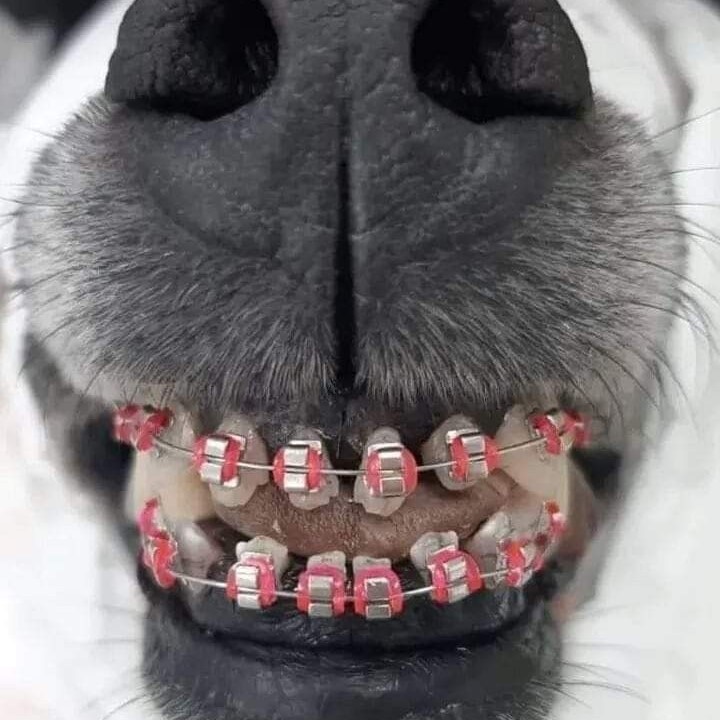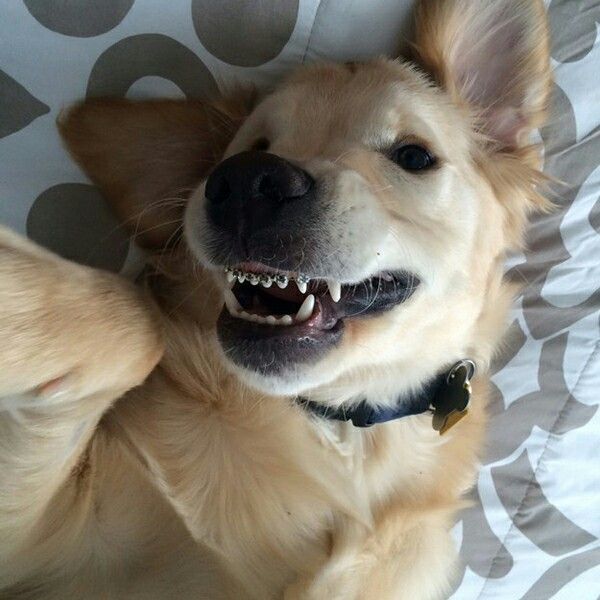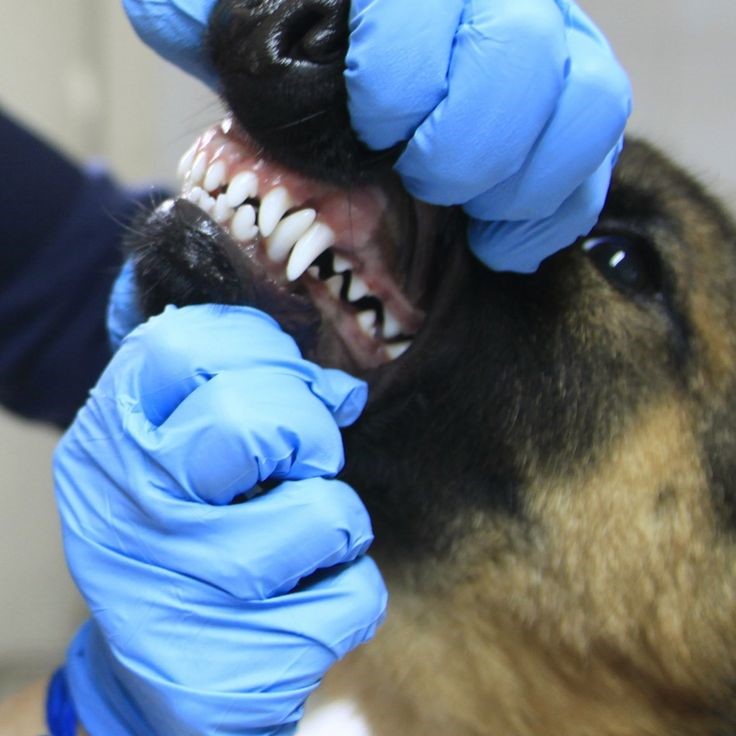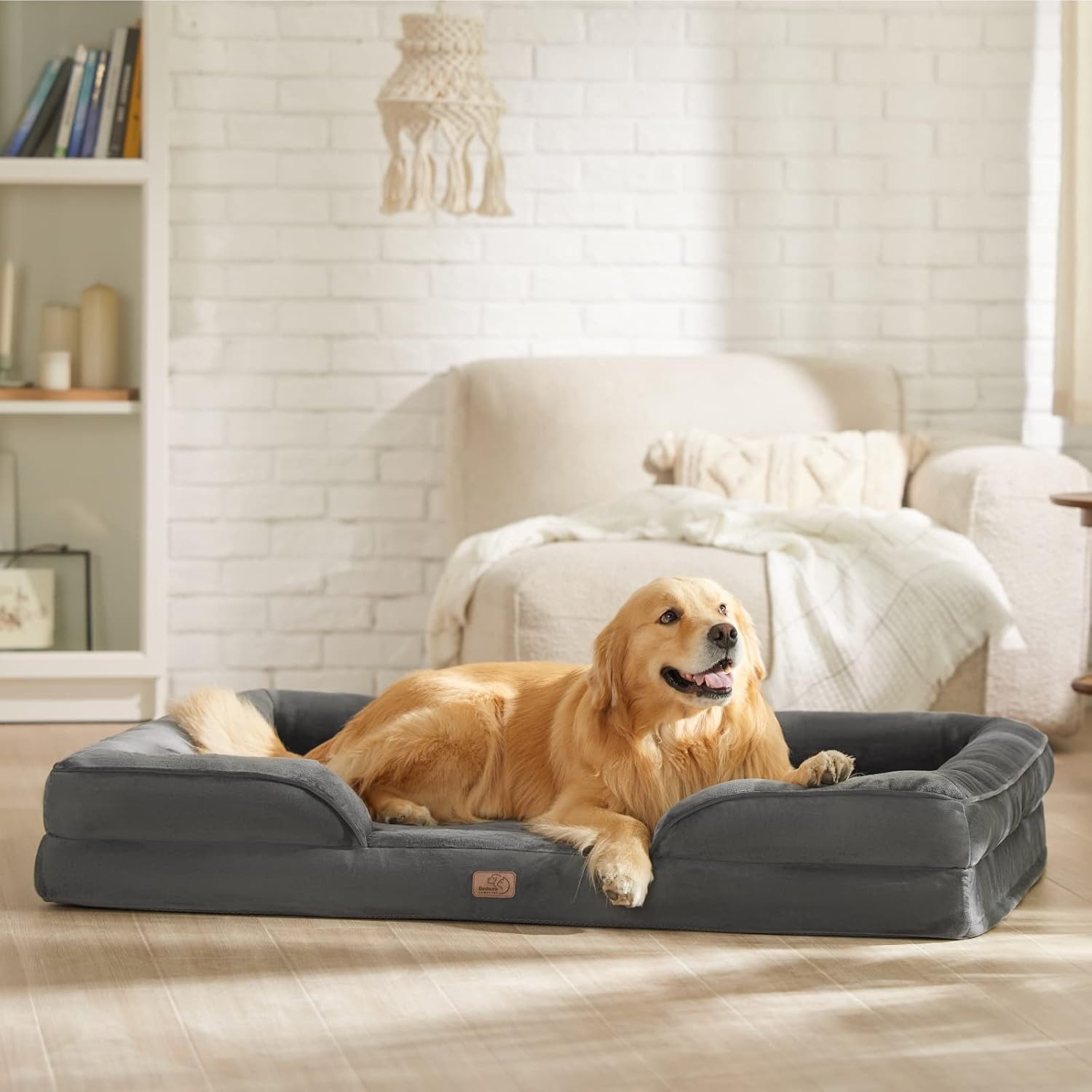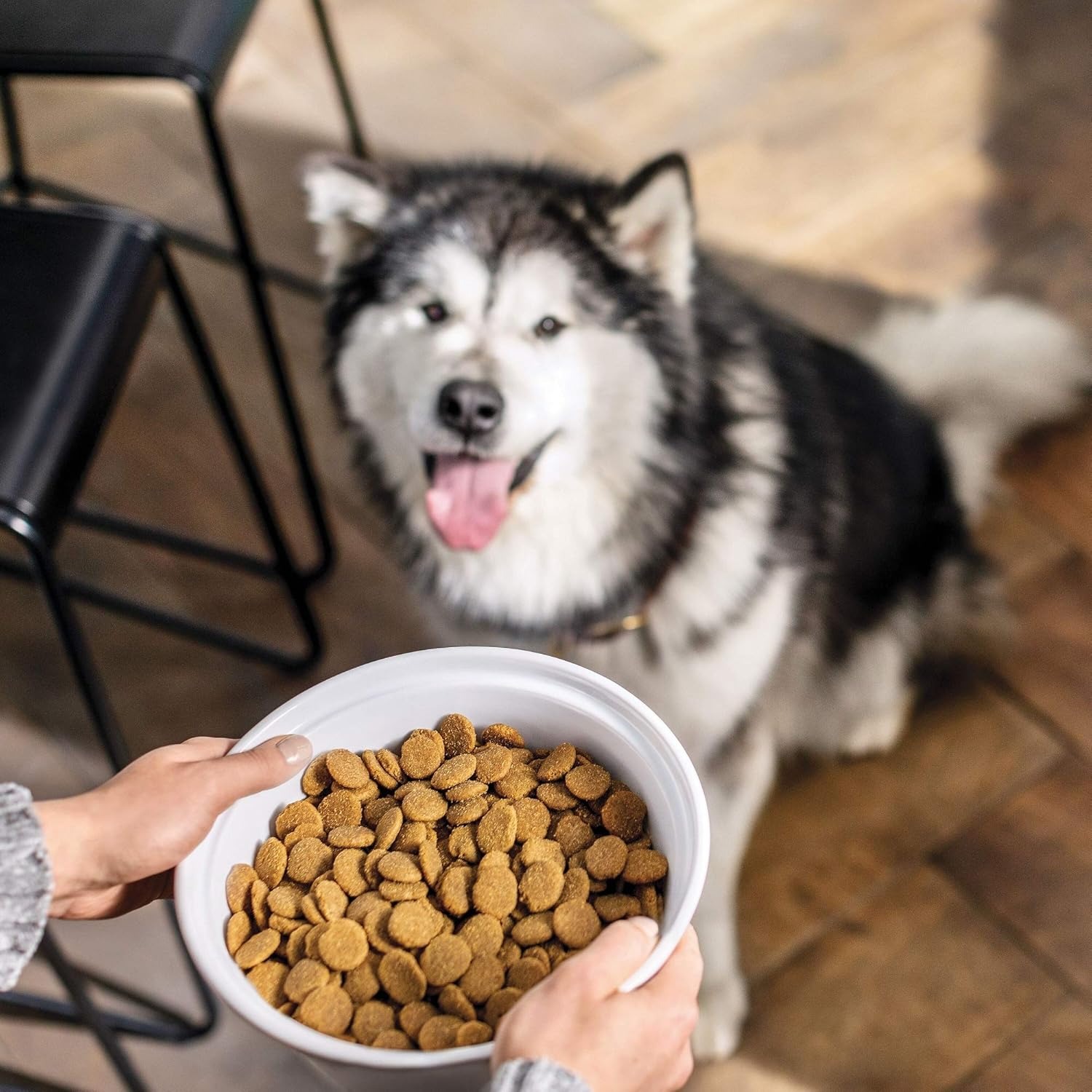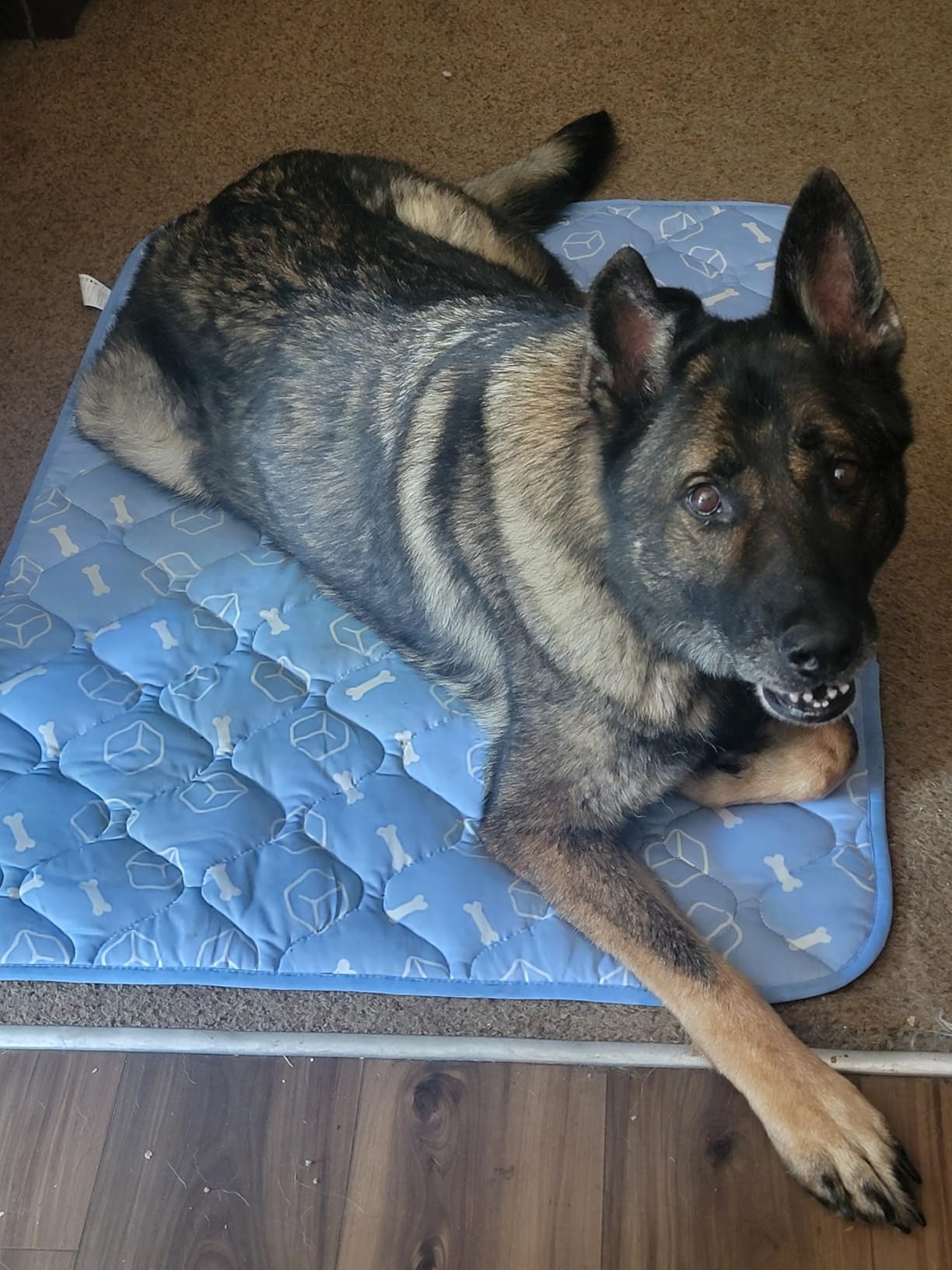What Are Dog Braces and When Are They Necessary?
Dog braces are orthodontic devices used to correct dental issues in dogs. These problems can include misaligned teeth, bite problems, or overcrowding that affects their health. Braces are not cosmetic but aim to improve a dog’s oral function and comfort. They are recommended by veterinary dentists when severe dental issues impact a dog braces for teeth or overall well-being.
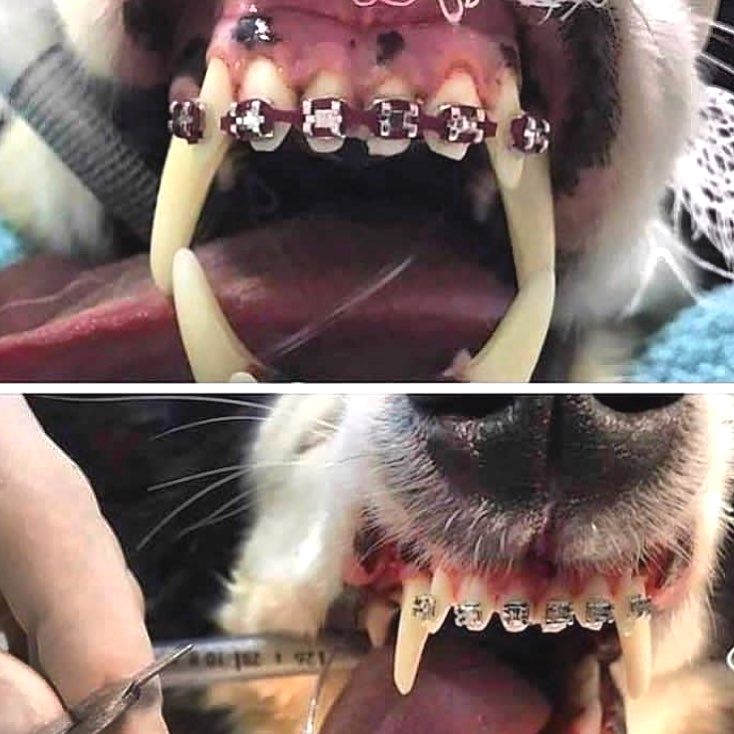
Common Dental Issues in Dogs That May Require Braces
Several dental issues might indicate the need for braces in dogs:
- Misaligned Teeth: Teeth that grow incorrectly can cause pain or difficulty eating.
- Overcrowding: Too many teeth can lead to infections or gum disease in crowded spaces.
- Underbites or Overbites: Jaw alignment issues may hinder chewing or cause discomfort.
- Periodontal Disease: Severe gum diseases sometimes require orthodontic intervention to resolve underlying alignment issues.
Addressing these conditions early prevents complications like infections, wear on teeth, or difficulty eating.
Signs Your Dog Might Need Orthodontic Care
Pay attention to behavioral or physical signs suggesting dental problems:
- Difficulty Eating: Trouble chewing or preferring soft food may indicate a problem.
- Excessive Drooling: Continuous drooling might be caused by pain or irritation.
- Bad Breath: Persistent odor could signal deeper dental issues.
- Visible Tooth Misalignment: Noticeable crooked or misplaced teeth might need correction.
- Swollen Gums or Bleeding: These may indicate underlying alignment or oral health issues.
Consult a veterinary dentist if you notice these symptoms in your dog. Early care prevents further health risks.
How Do Dog Braces Work?
Dog braces for teeth correct dental issues by gradually shifting teeth into proper alignment. These devices help dogs eat comfortably, prevent oral health problems, and ensure a better quality of life. Veterinary dentists design braces based on the dog’s specific dental needs.
The Process of Fitting Braces for Dogs
The fitting process starts with a dental evaluation by a veterinary dentist. First, the dentist examines the dog’s teeth and creates an orthodontic treatment plan. Next, they take molds of the dog’s teeth or use digital scans. Special braces are custom-made to match the dog’s dental structure.
During application, the braces are securely fixed to the teeth to ensure proper alignment. Regular check-ups help monitor the progress and make adjustments if needed. The total treatment time can range from weeks to months, depending on the severity of the dental issue.
Comparison Between Dog Braces and Human Braces
While similar in purpose, dog braces differ from human braces in design and material. Human braces focus on aesthetics and function, while dog braces strictly improve oral health. Veterinary dentists use durable materials suited for canine activities like chewing and playing.
Unlike humans, dogs often require sedation during fitting to minimize stress. Braces for dogs are also less complicated and come with simpler designs to accommodate their lifestyle. This distinction ensures they work effectively without disrupting normal canine behavior.
Benefits of Braces for Dog?s Dental Health
Dog braces offer many benefits that improve dental health and overall well-being. These devices are designed not for aesthetics but to address functional issues. Properly aligned teeth ensure dogs can eat, chew, and live comfortably while reducing oral health risks. Veterinary dentists tailor braces to the specific needs of each dog, promising better dental care outcomes.
Improving Bite Alignment and Functionality
Bite alignment is crucial for a dog’s ability to chew food effectively. Misaligned teeth or bite issues often cause pain or difficulty eating. Braces help reposition teeth, allowing for proper closing of the jaws. Improved alignment enhances chewing efficiency and comfort, ensuring dogs get the nutrition they need. Correct bite functionality also reduces stress on the jaw, preventing wear and injuries.
Preventing Further Oral Health Complications
Dental issues like overcrowding, misalignment, or underbites can lead to severe oral health complications. These may include infections, gum disease, or damage to surrounding teeth. Braces mitigate these risks by creating proper spacing and alignment. Additionally, braces minimize plaque buildup and reduce the chance of food getting trapped, further improving oral hygiene. Early intervention with braces prevents escalating dental problems that could cause pain or require costly treatments later.
Types of Braces Available for Dogs
Dog braces for teeth come in several types, tailored to various dental needs. Veterinary dentists recommend options based on the complexity of a dog’s dental issues and lifestyle. Choosing the right type ensures effective treatment and comfort for your pet.
Fixed Braces vs. Removable Options
Fixed Braces:
- Fixed braces stay attached to the dog’s teeth throughout the treatment.
- They are specifically designed to correct severe misalignments or complex dental issues.
- These braces require veterinary visits for adjustments and monitoring.
- Fixed braces are durable and effective but need thorough cleaning and maintenance.
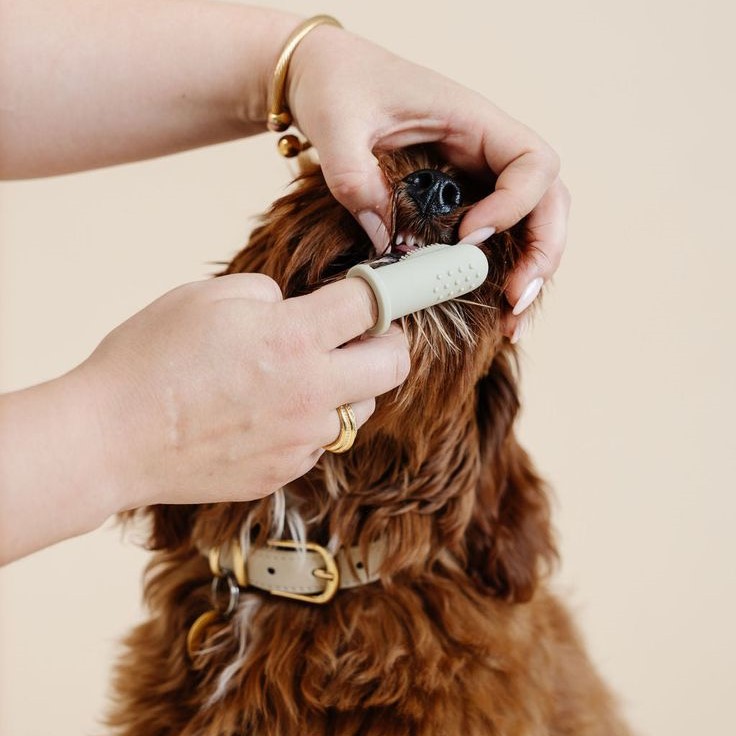
Removable Options:
- Removable braces can be taken off for cleaning or during daily activities.
- These are often used for mild to moderate dental corrections.
- They are more flexible and less intrusive but need disciplined usage to show results.
- Regular wearing is crucial to ensure success with removable braces.
Veterinary dentists decide between fixed and removable braces based on the dog’s dental condition and lifestyle needs. Both options aim to improve alignment and oral health.
Alternatives to Braces for Dog Dental Care
If braces are not suitable, other orthodontic solutions may be available. These include:
Dental Aligners:
- Aligners help correct minor misalignments and are thinner than braces.
- They are custom-made and offer a less invasive approach for treatment.
Teeth Filing or Reshaping:
- Dentists may file down misaligned teeth to reduce discomfort or improve functionality.
- This method works for small adjustments but cannot fix larger alignment issues.
Surgical Procedures:
- Severe dental problems may need surgical intervention to realign teeth or jaws.
- Surgery is considered when braces or other tools cannot resolve the issue.
Discuss alternatives with your veterinary dentist to find the best solution for your dog’s dental health. Choosing the right method prevents pain and promotes a happier life for your dog.
Costs and Considerations for Dog Braces
Dog braces aren’t just a health solution; they can be a financial investment too. Understanding the cost and key considerations ensures you make informed decisions for your pet.
Average Cost Range for Dog Orthodontic Treatments
The cost of dog braces varies based on dental issues and treatment plans. Here’s what you can expect:
- Typical Costs: Dog braces often range from $1,500 to $4,000, depending on complexity.
- Evaluation Fees: Initial examinations by veterinary dentists can cost $100 to $500.
- Follow-up Appointments: Post-fitting visits for adjustments might add $50 to $200 per session.
- Materials: High-quality braces add to expenses but are vital for treatment effectiveness.
Insurance may not cover orthodontics, so budget preparation is essential.
Factors That Affect the Cost of Braces for Dogs
Several variables influence the overall expense of braces and their maintenance:
- Severity of Dental Problem: More complex misalignments require prolonged and pricier treatments.
- Type of Braces: Fixed braces tend to cost more than removable options due to durability.
- Veterinary Expertise: Highly skilled veterinary dentists might charge higher fees.
- Location: Costs can vary significantly based on where the treatment occurs.
- Follow-Up Care: Additional appointments for adjustments and cleanings influence the total expense.
Discuss costs and payment plans with your veterinary dentist to avoid surprises. Proper planning ensures effective care without financial strain.
How to Care for a Dog With Braces
Caring for a dog with braces ensures successful treatment and maximum comfort. Proper care minimizes complications and promotes good dental health during the orthodontic process. Below, we’ll cover feeding and maintenance tips to help your dog adjust to wearing braces.
Feeding Tips for Dogs With Braces
- Choose Soft Foods: Soft foods are gentle on braces and reduce the risk of damage.
- Avoid Hard or Chewy Treats: Bones, rawhide, and hard treats can damage the braces.
- Smaller Portions: Provide smaller meals to make chewing easier and less stressful.
- Monitor Eating Habits: Ensure your dog eats without difficulty or discomfort.
- Hydration: Always provide fresh water to help clean the braces while keeping your dog hydrated.
Be mindful of your dog’s eating behavior and consult your vet if any issues arise. A controlled diet helps the braces work effectively without causing harm.
Cleaning and Maintenance of Braces
- Brush Regularly: Clean the teeth and braces with a dog-friendly toothbrush and toothpaste.
- Rinse After Meals: Use water or vet-approved rinses to remove food particles.
- Inspect Braces Daily: Check for damage, looseness, or trapped food.
- Schedule Check-Ups: Regular visits to the veterinary dentist are essential to monitor progress.
- Use Dental Wipes: Wipes can clean hard-to-reach areas without stressing your dog.
Proper cleaning prevents infections, gum issues, and plaque buildup. Following these steps ensures your dog’s braces are effective and comfortable. If issues persist, contact your veterinary dentist promptly.
Risks and Challenges of Dog Braces
Dog braces offer significant dental health benefits, but they also come with potential risks and challenges. Understanding these can help you care for your pet during treatment. Proper monitoring and timely intervention ensure a smoother experience for your dog.
Potential Side Effects to Watch For
Dog braces may sometimes cause side effects, especially during the adjustment period. Be aware of these common issues:
- Discomfort or Irritation: Dogs may experience sore gums or teeth due to pressure from braces. Watch for signs like pawing at the mouth or hesitation to chew.
- Difficulty Eating: Initial discomfort might make eating harder. Some dogs may refuse food temporarily.
- Infections or Gum Issues: Poor cleaning around braces can lead to trapped food, causing gum inflammation or even infection.
- Damage to Braces: Chewing hard items or bones can break or loosen braces, disrupting treatment progress.
- Behavioral Changes: Stress from wearing braces may lead to irritability, excessive drooling, or avoidance of play.
Consult a veterinary dentist if these side effects persist. Early action prevents complications and helps your dog adapt to the braces comfortably.
How to Monitor Your Dog?s Progress During Treatment
Monitoring your dog’s progress ensures braces work effectively and avoids unnecessary discomfort. Consider these steps:
- Regular Dental Check-Ups: Schedule follow-up visits to have a vet assess alignment improvements and make adjustments.
- Daily Inspection: Check braces for damage and ensure no food is trapped. Watch for signs of irritation or swelling.
- Track Eating Behavior: Ensure your dog continues to eat normally. Report any changes like food refusal to your vet.
- Behavioral Observation: Watch for signs of pain or stress, such as changes in activity or mood.
- Document Changes: Keep notes on progress or issues to share with your vet during check-ups.
Close monitoring combined with proper care ensures successful treatment, improving your dog’s dental health and quality of life. Always seek expert advice when needed to manage challenges effectively.
Consulting a Veterinary Dentist
Consulting a veterinary dentist is crucial for managing your dog braces for teeth. These specialists address orthodontic issues that general vets might lack expertise in. Proper guidance ensures effective treatment and fewer complications during orthodontic care.
Importance of Specialized Orthodontic Care for Pets
- Expert Knowledge: Veterinary dentists specialize in diagnosing and treating dental problems in pets.
- Customized Treatments: They create tailored orthodontic solutions, like braces, to fit a dog’s unique needs.
- Improved Oral Health: Early orthodontic care prevents severe oral complications, ensuring long-term health benefits.
- Stress Management: Specialists handle your dog’s anxiety during treatment, making the process smoother.
- Prevention Strategies: They advise prevention techniques to avoid future dental issues.
Seeking specialized care ensures your dog gets the best possible dental treatment.
Questions to Ask Your Vet About Dog Braces
- What Dental Issues Need Braces?: Understand if your dog’s problem suits braces or requires other solutions.
- What Types of Braces Are Available?: Learn about fixed or removable options and their suitability for your dog.
- How Long Will Treatment Last?: Ask about the expected duration and follow-up visits.
- What Are the Risks?: Be clear on potential side effects and how to address them.
- How Much Will It Cost?: Get a full breakdown of costs, including examinations and regular check-ups.
- How Do I Care for Braces?: Learn about cleaning routines and feeding modifications for your pet.
- What Are Alternative Treatments?: Discuss other options like aligners or surgery if braces aren’t suitable.
Asking these questions ensures clear communication and better understanding of your dog braces for teeth.






